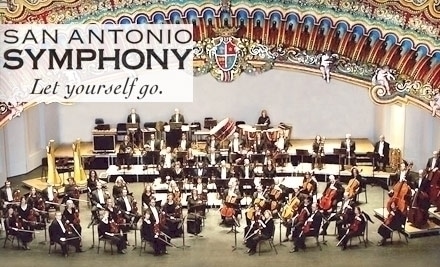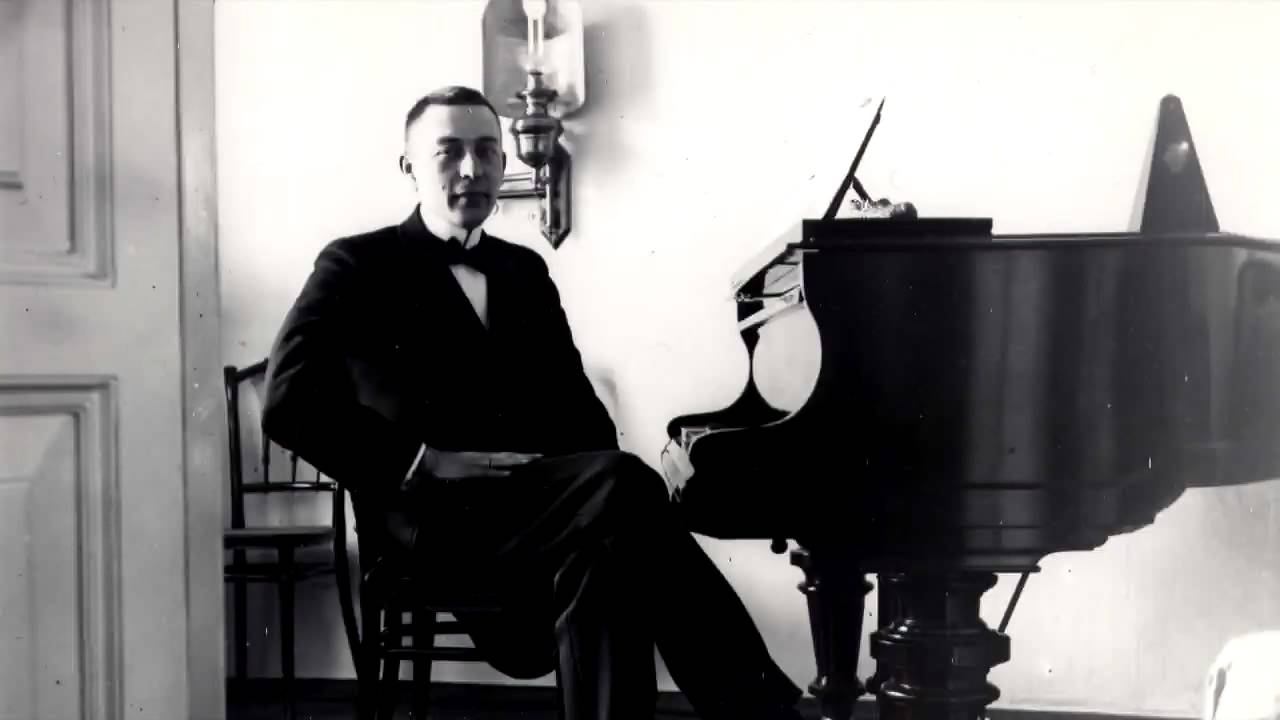US orchestra cancels rest of the season
mainThe San Antonio Symphony, facing insolvency, has called off the rest of its season after wage talks broke down last night with its musicians.
The orchestra was to have been bought out by a new consortium but the purchasers backed off after finding an $8.9 million hole in the pension fund.
Prospects of survival look bleak. San Antonio has maintained a symphony since 1939.






Comments